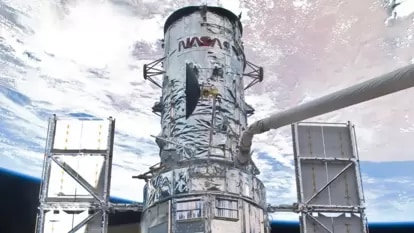NASA: 60-foot asteroid whizzing towards Earth at 21600 kmph! Dangerous rock will come on August 16
Asteroid 2022 PJ1 to pass Earth on August 16 at a distance of 4.23 million kilometers.
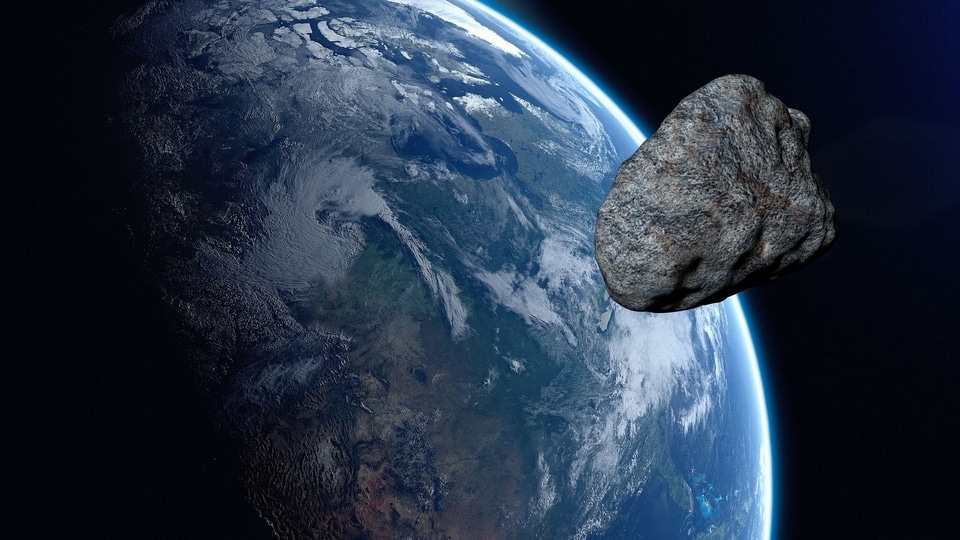

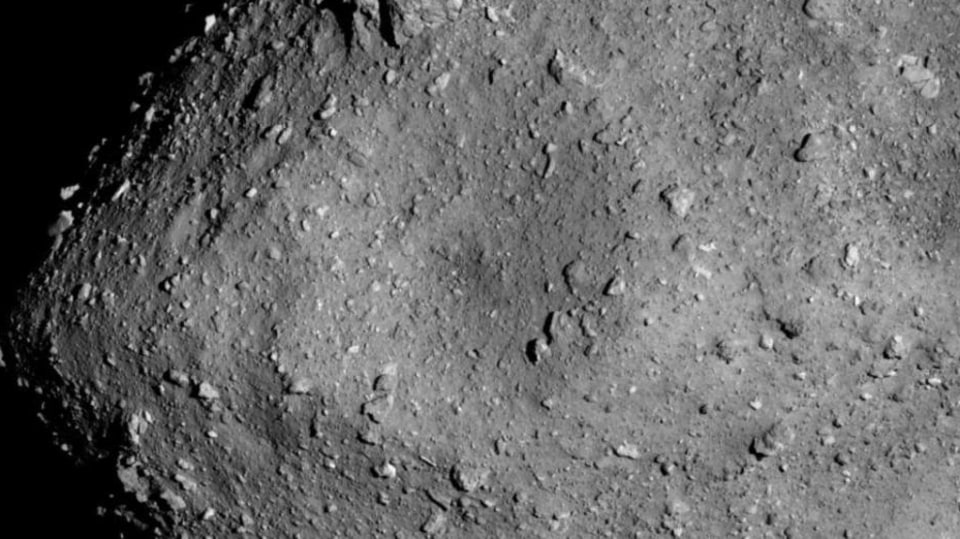
_1639115875543_1639115887157.jpg)
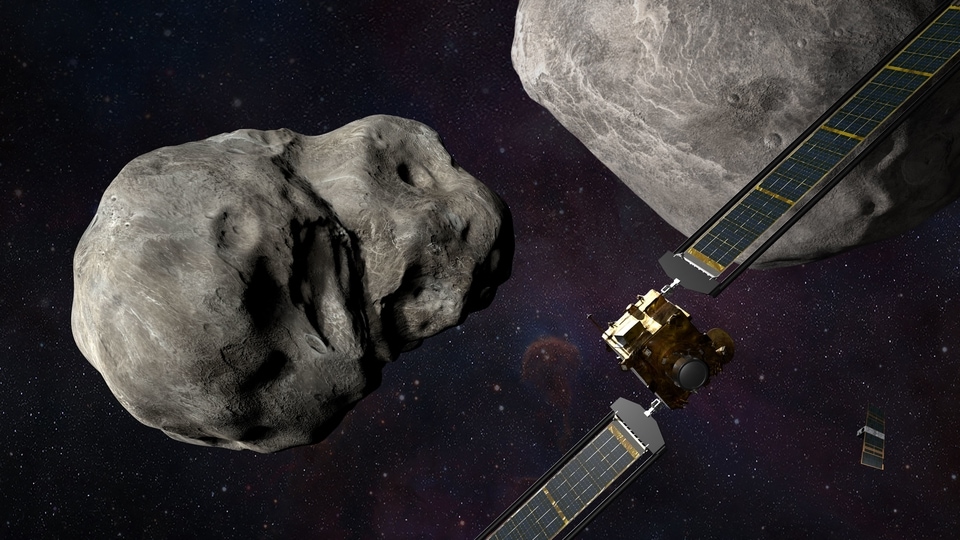
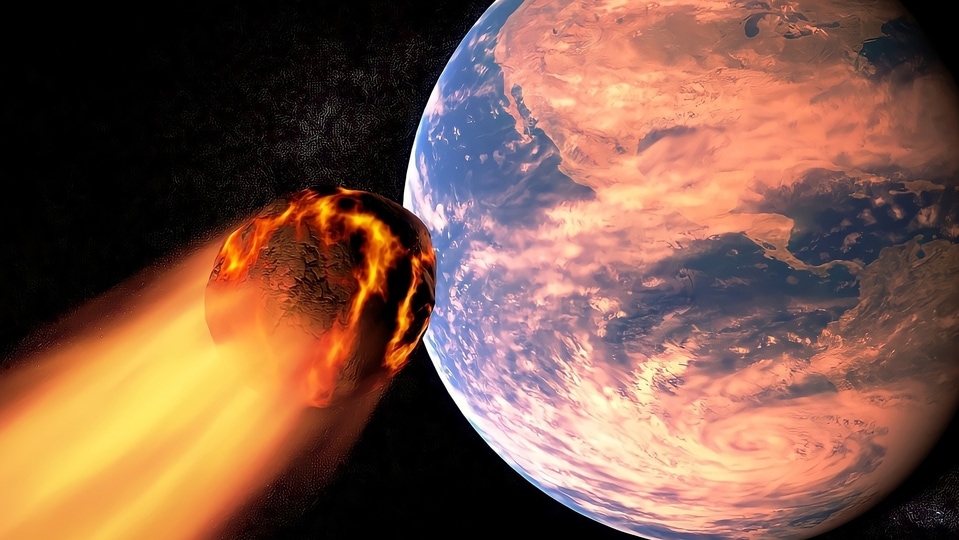
 View all Images
View all ImagesAn asteroid as big as a house is expected to just about miss Earth by a few million miles tomorrow, on August 16. The asteroid, named Asteroid 2022 PJ1 is heading towards Earth at a staggering 21,600 kilometers per Earth! The miss will be a very close pass as, in astronomical terms, this is not at all a large distance.
According to NASA, the asteroid will reportedly fly past Earth on August 16, at 06:59am at a distance of 4.23 million kilometers.
This asteroid is nearly the size of a house. It is confirmed that it belongs to the Apollo group of asteroids which are Near Earth Asteroids (NEAs) with perihelion distances less than 1.017 AU, and semi-major axis greater than 1 AU.
According to Sky.org, this asteroid takes 547 days to complete its one orbit around the Sun. Its orbit's farthest point from the Sun is 247 million kilometers, and the nearest point is 145 million kilometers. It will make its next close pass to Earth on August 04, 2025 at 18.86 million kilometers.
This is not the first time that an asteroid has passed Earth closely this year. Just a couple of weeks ago, an Asteroid named Asteroid 2022 OX3 passed Earth in close proximity at 6:45pm on August 2. Another asteroid named Asteroid 2022 OC4 whizzed past Earth on the same day. Another asteroid named Asteroid 2022 PW is expected to just whizz past Earth tomorrow.
Although you might wonder what would happen if any of them might actually hit Earth someday. Well, NASA has already made preparations for that. NASA is readying itself to potentially defend the planet against a very similar threat that is posed by asteroids. A NASA mission is in the works to deflect an asteroid off the collision course with Earth by smashing a spacecraft into it at a staggering speed of 23,000kph. The mission is named Double Asteroid Detection Test or DART.
Catch all the Latest Tech News, Mobile News, Laptop News, Gaming news, Wearables News , How To News, also keep up with us on Whatsapp channel,Twitter, Facebook, Google News, and Instagram. For our latest videos, subscribe to our YouTube channel.



